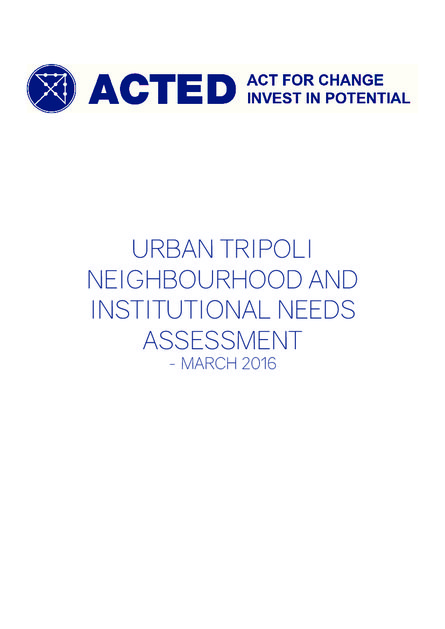
As the Syrian crisis enters its 6th year, there is a dramatic deteriorartion of living conditions and increasing vulnerability of both host and refugee populations. The humanitarian situation in Lebanon is also constrained by spatial dimensions that affect the needs of vulnerable populations. An estimated 87.7% of Lebanon’s population is urban, with the growth in cities paralleling a global trend of mass urbanization. This has been further exacerbated by the influx of the Syrian refugees, which has increased population density in Lebanon from 400 to 520 persons/ Sq. km, especially in urban areas, leading to congestion, increasing pressures on existing resources and tensions between host populations and refugees.
Resource collections
- UN Habitat - Urban Response Collection
- Urban Response - Urban Crisis Preparedness and Risk Reduction
- Urban Response Collection - Community Engagement and Social Cohesion
- Urban Response Collection - Economic Recovery
- Urban Response Collection - Environment and Climate Change
- Urban Response Collection - Housing, Land and Property
- Urban Response Collection - Urban Crisis Response, Recovery and Reconstruction
- Urban Response Collection - Urban Resilience